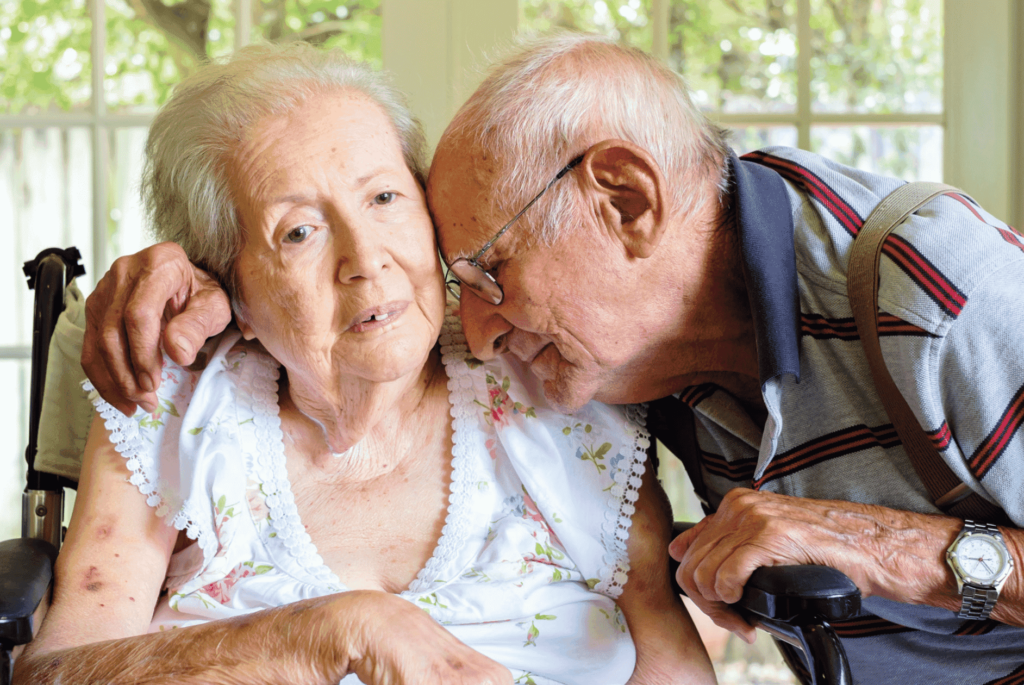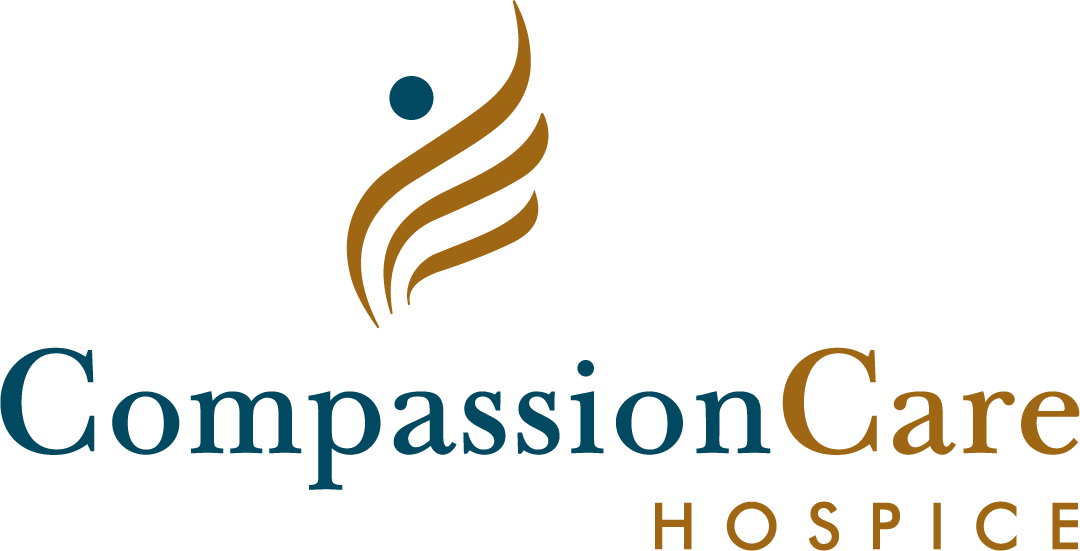Scoliosis and the Aging Population: How Home Health Care Can Improve Quality of Life
Scoliosis, a lateral curvature of the spine, affects individuals throughout their lifespan. While often diagnosed in childhood, the condition can progress and cause complications as patients age. This can significantly impact their mobility, independence, and overall well-being. Home health care services can play a vital role in managing these complications and improving the quality of life for aging scoliosis patients.

Complications of Scoliosis in Aging Patients
- Pain and stiffness: Degenerative changes in the spine, combined with the abnormal curvature, can lead to chronic pain and stiffness in the back, neck, and hips [1].
- Balance and gait issues: Scoliosis can affect balance and coordination, increasing the risk of falls [2].
- Cardiopulmonary problems: Severe curvatures can restrict lung capacity and heart function [3].
- Psychological distress: Chronic pain and limitations in mobility can lead to depression and anxiety [4].
How Home Health Care Can Help
Home Health Care offers a comprehensive and personalized approach to managing these complications. Here’s how:
- Pain Management: Registered Nurses can develop pain management plans utilizing medication, therapeutic exercises, and physical therapy modalities like heat/cold therapy and electrical stimulation [5].
- Physical Therapy: Physical Therapists can create individualized exercise programs to improve flexibility, strengthen core muscles, and enhance balance, reducing pain and improving gait [6].
- Occupational Therapy: Occupational Therapists can help patients adjust daily activities to minimize strain on the spine and promote independence with assistive devices like grab bars and shower chairs [7].
- Respiratory Therapy: For patients with breathing difficulties, Home Health Respiratory Therapists can provide education on breathing techniques and assist with airway clearance techniques [8]. *This level of therapy may not be available in all markets.
- Mental Health Support: Social Workers can provide companionship, emotional support, and help connect patients with mental health resources [9].

By providing a coordinated and patient-centered approach, Home Health Care can significantly improve the quality of life for aging scoliosis patients. Early intervention and ongoing management of complications can help them maintain independence, manage pain, and live a more fulfilling life.
References
- Jameson, J. L., & Longo, D. L. (2021). Harrison’s principles of internal medicine (21st ed.). McGraw-Hill Education.
- Castro-Caldas, A., Nachef, M., & Inman, V. (2014). Scoliosis and balance: a review of the literature. European Spine Journal, 23(9), 1927-1936. https://www.researchgate.net/publication/373992023_Scoliosis_A_Literature_Review
- Grange, C. R., & Crawford, M. I. (2004). Respiratory complications associated with scoliosis. Current Reviews in Musculoskeletal Medicine, 17(2), 142-146. https://www.ncbi.nlm.nih.gov/pmc/articles/PMC4530852/
- Katzman, B., & Esses, S. I. (2018). Psychological aspects of scoliosis. Journal of Clinical Medicine, 7(7), 154. https://www.ncbi.nlm.nih.gov/pmc/articles/PMC2532872/
- Chou, R., Deyo, R. A., Friedmann, P. D., Turner, J. A., & Broxson, S. D. (2007). Management of chronic low back pain: revision of an American College of Physicians/American Pain Society clinical practice guideline from 2007. Archives of Internal Medicine, 167(16), 1678-1685. https://pubmed.ncbi.nlm.nih.gov/8844907/
- Scoliosis Research Society. (2023). Physical Therapy for Scoliosis. https://www.srs.org/
- American Occupational Therapy Association. (2023). Home Modification. https://www.aota.org/practice/practice-settings/home-modifications-key-community-partnerships
- American Association for Respiratory Care. (2023). Homecare.



